Australia's Carp Problem
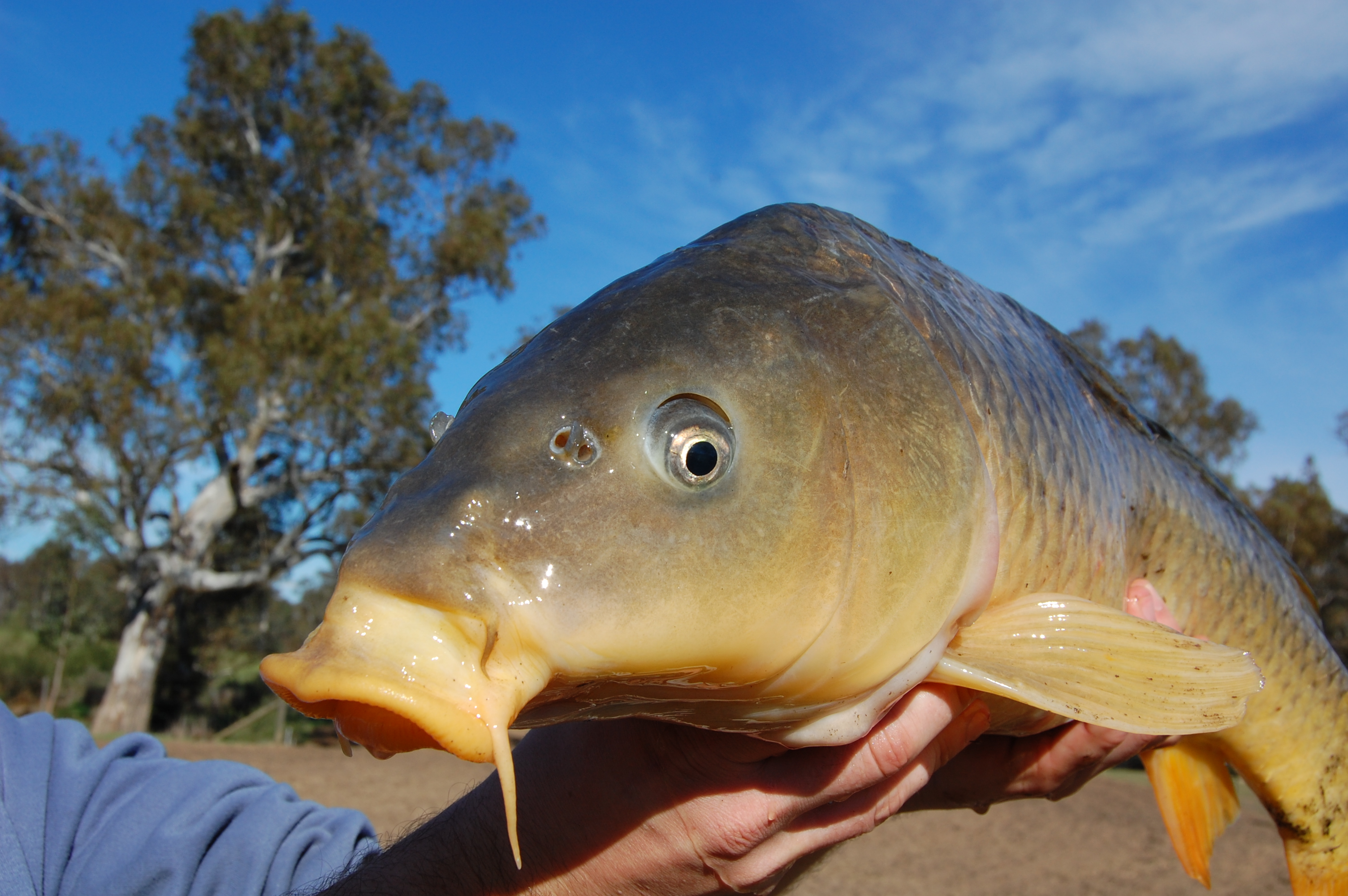 Carp (Cyprinus carpio) are an introduced pest species that dominate waterways across the Murray Darling Basin. Introduced into Victorian waterways in the 1970s, carp are native to European and Asian waterways. Carp are incredibly invasive and are now found on all continents (except Antarctica).
Carp (Cyprinus carpio) are an introduced pest species that dominate waterways across the Murray Darling Basin. Introduced into Victorian waterways in the 1970s, carp are native to European and Asian waterways. Carp are incredibly invasive and are now found on all continents (except Antarctica).
Major floods of 2022 resulted in massive carp breeding and migration of carp in Southeast Australia, with populations now at an all-time high of 375 million, accounting for around 90% of the entire biomass of fish in the Murray Darling basin.
Ecosystem and native fish impacts
 Carp are the most ecologically damaging non-native species globally. Their vacuum style of feeding stirs up sediments from river and lake beds, increasing the turbidity of the water (the cloudiness of the water). Increased turbidity reduces sunlight’s ability to penetrate the water, reducing aquatic plant growth which provides critical food and shelter for native fish. Carp also remove established aquatic plants, causing extensive erosion of riverbanks. Carp also compete with native fish for food and prey on native fish eggs, larvae and juvenile fish.
Carp are the most ecologically damaging non-native species globally. Their vacuum style of feeding stirs up sediments from river and lake beds, increasing the turbidity of the water (the cloudiness of the water). Increased turbidity reduces sunlight’s ability to penetrate the water, reducing aquatic plant growth which provides critical food and shelter for native fish. Carp also remove established aquatic plants, causing extensive erosion of riverbanks. Carp also compete with native fish for food and prey on native fish eggs, larvae and juvenile fish.
Carpe Diem: Seize the Day Short Film
The VFA, in partnership with NSW DPI – Fisheries, has produced a short film featuring leading scientists and stakeholders talking about the impact of European carp on Australia’s freshwater native fisheries and aquatic ecosystems and the need for action to control carp.
Acknowledgements: Interviews & locational footage filmed by Alex Bonazzi, Alcam Film & Video Production Pty. Ltd.
Underwater carp footage courtesy of Greg Wallis: / @snells-window
Social and economic impacts
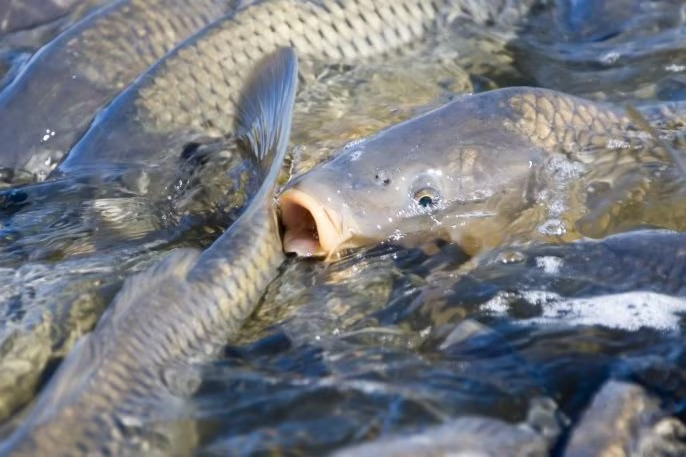 Studies by the NCCP estimate carp impacts cost the Australian economy $11.8 to 500 million per year. This includes ecological, social, recreational, amenity downstream impacts from degraded water quality, Infrastructure, as well as secondary impacts. These impacts are worse when carp populations are highest following in wet year breeding conditions.
Studies by the NCCP estimate carp impacts cost the Australian economy $11.8 to 500 million per year. This includes ecological, social, recreational, amenity downstream impacts from degraded water quality, Infrastructure, as well as secondary impacts. These impacts are worse when carp populations are highest following in wet year breeding conditions.
National Carp Control Plan (NCCP)
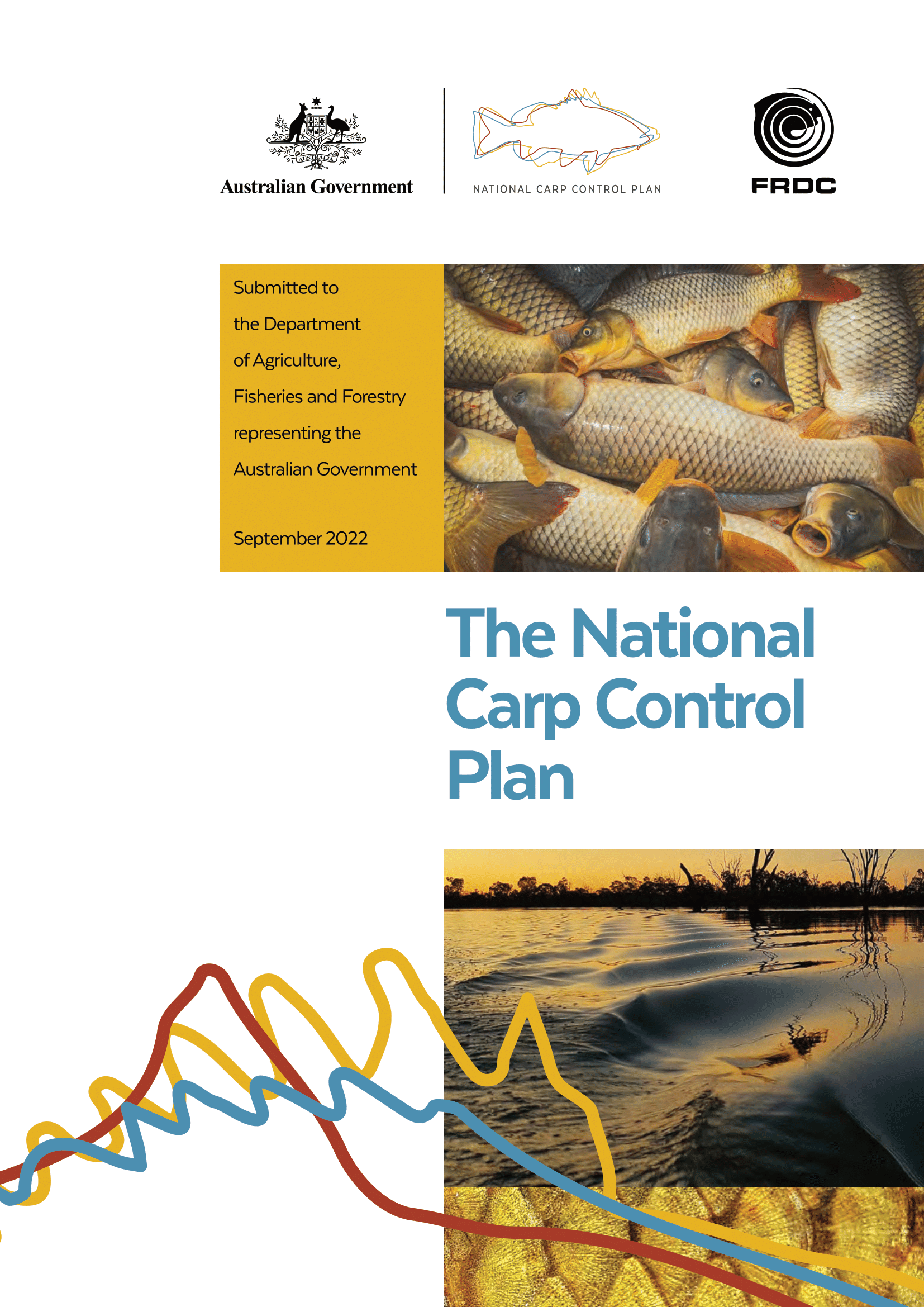 In 2016, the Australian Government invested $10.37 million in the National Carp Control program (NCCP) to assess the feasibility of using the carp virus as a biocontrol agent to control Australian carp populations. The carp virus is a species-specific waterborne disease that only causes mortality in carp and koi carp. In 2022, the NCCP published its key findings which involved extensive research, international collaboration, viral testing on other species, and community consultation, making it the most comprehensive biological control assessments ever conducted in Australia. In 2024, the Federal government announced a further $3 million dollars in research funding to fill some remaining information gaps. For further information, please visit National Carp Control Plan | FRDC.
In 2016, the Australian Government invested $10.37 million in the National Carp Control program (NCCP) to assess the feasibility of using the carp virus as a biocontrol agent to control Australian carp populations. The carp virus is a species-specific waterborne disease that only causes mortality in carp and koi carp. In 2022, the NCCP published its key findings which involved extensive research, international collaboration, viral testing on other species, and community consultation, making it the most comprehensive biological control assessments ever conducted in Australia. In 2024, the Federal government announced a further $3 million dollars in research funding to fill some remaining information gaps. For further information, please visit National Carp Control Plan | FRDC.
Carp virus release approvals process
The Federal government is responsible for determining if the carp virus can be used a biological control agent to reduce carp populations. In 2024, the Department of Agriculture, Forestry and Fisheries (DAFF) outlined a two phased roadmap for the Carp Biological Control Program. The outcomes of the NCCP research will be used to inform Federal legislative approvals processes under the EPBC Act 1999, Biological Control Act 1984, Biosecurity Act 2015, Water Act 2007 and Agriculture and Veterinary Chemicals Codes Act 1994. If approved for release, state jurisdictions will play a key role in implementing the release of the virus requiring further consultation and approvals processes. The timelines for deciding on the release of the carp virus are not clear at this stage.
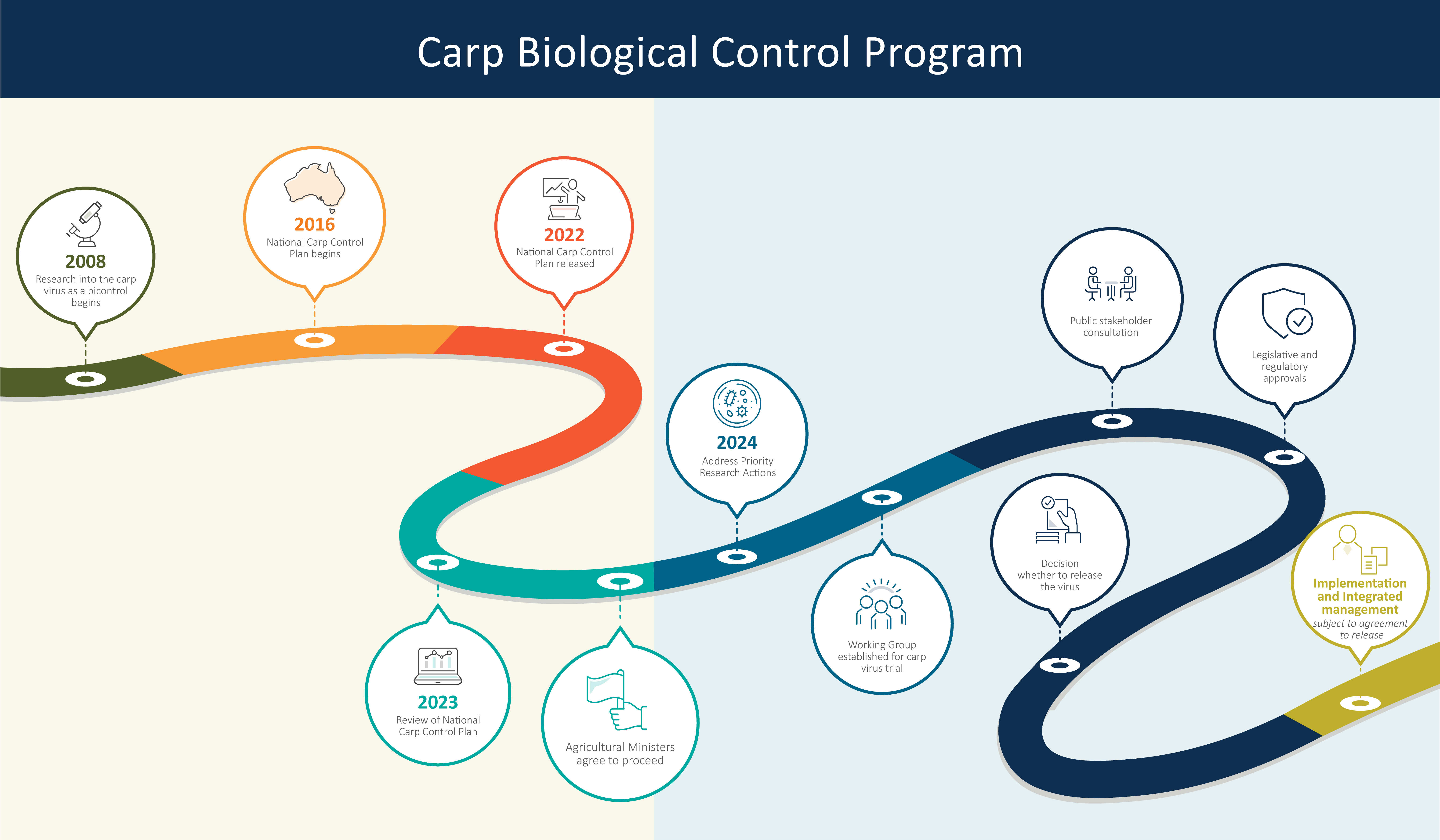
Recognising carp as a key threatening process
The Victorian Fisheries Authority (VFA) has nominated carp as a key threatening process under the Commonwealth Environment Protection and Biodiversity Conservation Act 1999.
If accepted by the Commonwealth Government, listing carp as a key threatening process will trigger preparation of a threat abatement plan, which can be used to guide various decisions relevant to controlling the carp population more effectively.
The VFA has also nominated carp for listing as potentially threatening process under Victoria's Flora and Fauna Guarantee Act 1988.
The nominations provide a foundation for building a coordinated approach to improve the health of our freshwater native fisheries and aquatic ecosystems by managing carp.
The VFA will continue to work closely with the scientific committees responsible for assessing the nominations.
Carp is already listed as a noxious species under Victoria's fisheries legislation.
A trial approach to releasing the carp virus
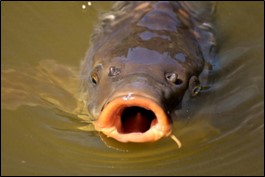 The VFA is leading the development of a Victorian plan to trial the use of carp virus initially within an enclosed and controlled waterway. The plan will detail the experimental design, site identification and what biosecurity controls are needed, to test the mortality rates of infected carp held under a range of carp population densities. A clearer understanding about mortality rates (currently estimates range from 30% to 80%) is needed to determine what, if any, carp cleanup operations are required if the virus is released. This initiative is recognised by the Federal Government Fisheries Ministers and the Carp Virus Trial Working Group comprising the Federal Department of Agriculture, Forestry and Fisheries (DAFF) and fisheries agencies from Queensland, New South Wales and South Australia. The project is supported by the Victorian Recreational Fishing Licence Advisory Group.
The VFA is leading the development of a Victorian plan to trial the use of carp virus initially within an enclosed and controlled waterway. The plan will detail the experimental design, site identification and what biosecurity controls are needed, to test the mortality rates of infected carp held under a range of carp population densities. A clearer understanding about mortality rates (currently estimates range from 30% to 80%) is needed to determine what, if any, carp cleanup operations are required if the virus is released. This initiative is recognised by the Federal Government Fisheries Ministers and the Carp Virus Trial Working Group comprising the Federal Department of Agriculture, Forestry and Fisheries (DAFF) and fisheries agencies from Queensland, New South Wales and South Australia. The project is supported by the Victorian Recreational Fishing Licence Advisory Group.
More information
Join our Carpe Diem (Seize the Day) movement by subscribing to our monthly newsletter on the carp virus - https://mailchi.mp/vfa/carp-virus-movement
Together with recreational fishers we will fight carp and bring back our endangered native fish such as Macquarie perch, trout cod, blackfish, silver perch and catfish.
Our movement needs your support to help make tomorrow’s freshwater fisheries even better than today’s. To see our rivers clear again, flourishing with galaxiids, smelt and gudgeon, and our once prolific native species return.
You’ll get a monthly update on our fight to release the carp virus and reduce carp numbers, plus you can be proud you’re playing a part in making our fisheries what they were before carp. Join us!
Carp factsheets - a summary of key FAQs:
- Let's get serious about carp - A4 Carpe Diem flyer
- Design of a controlled trial before releasing the carp virus
- Managing dead carp after virus release
- Carp virus species specificity
National Carp Control Plan - technical publications
Visit Research | FRDC to access all published NCCP papers, including:
- 19 Research papers,
- 5 planning investigations
